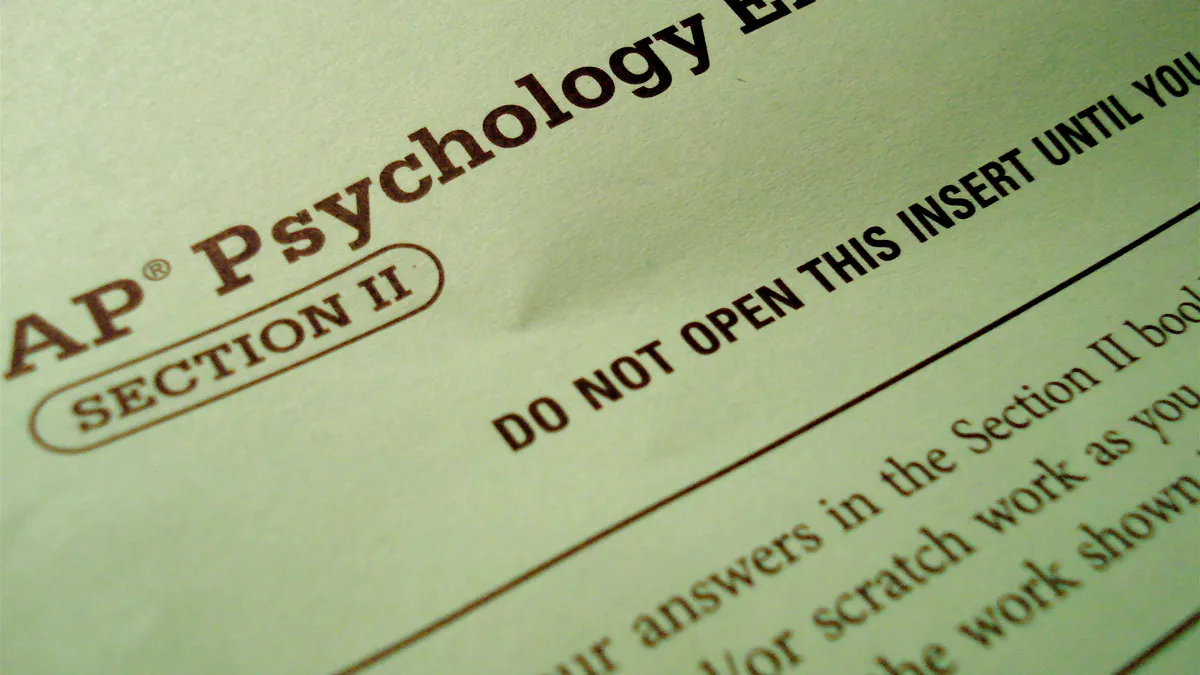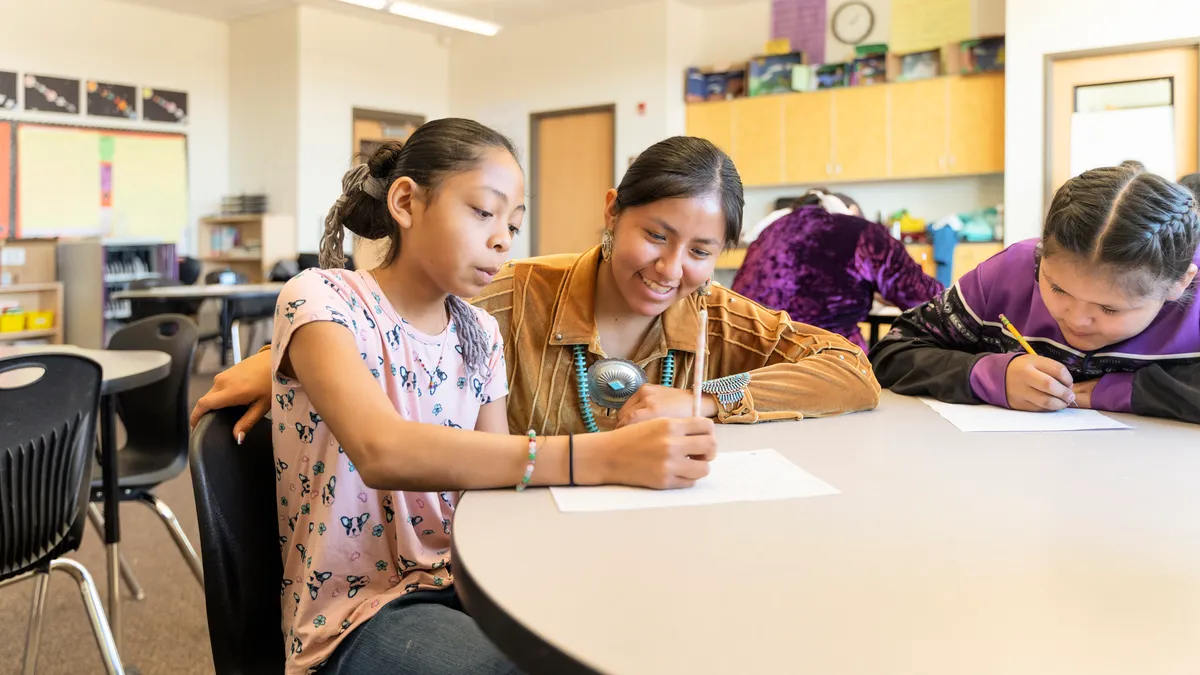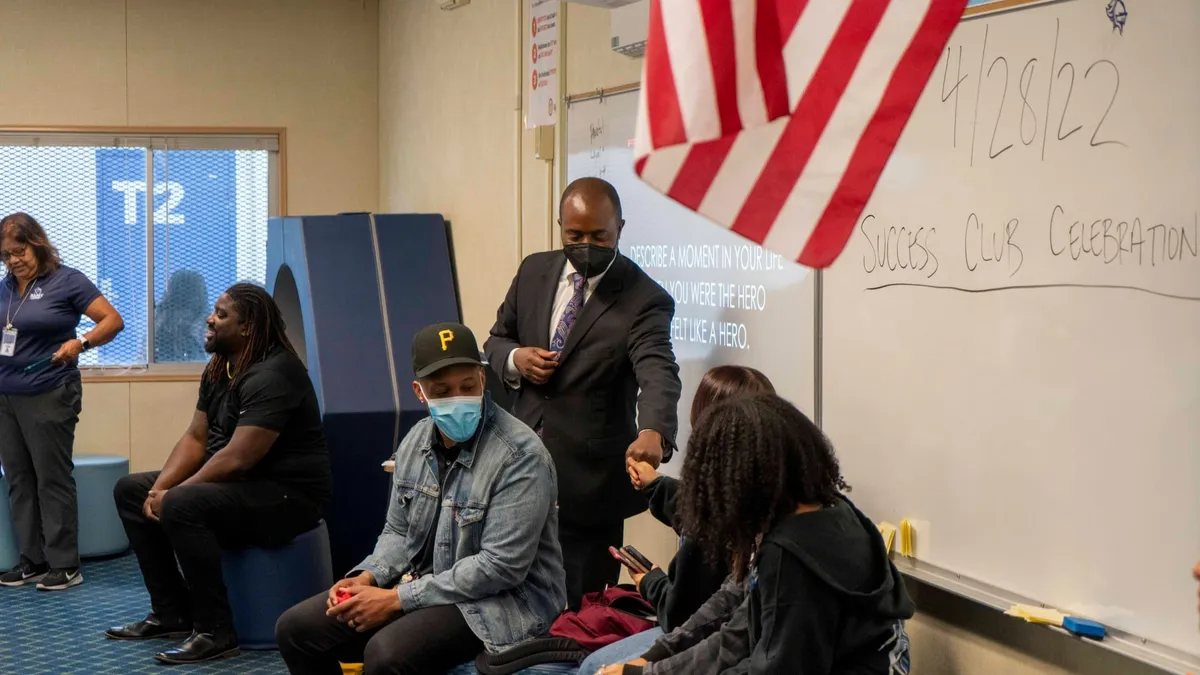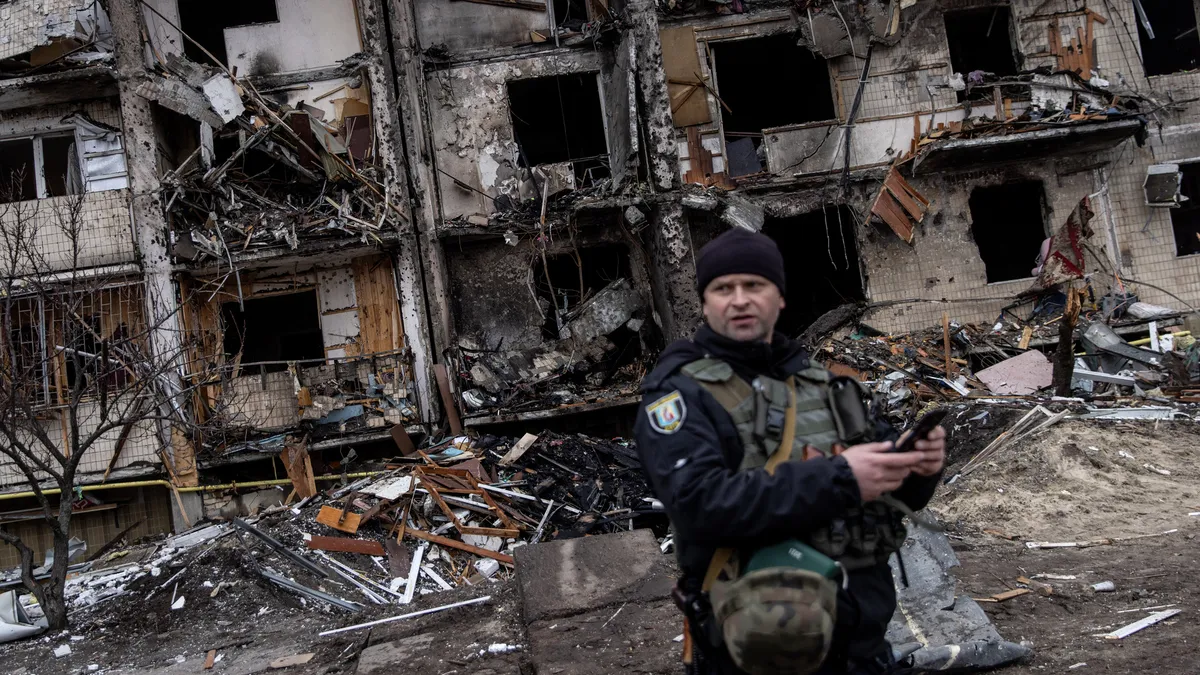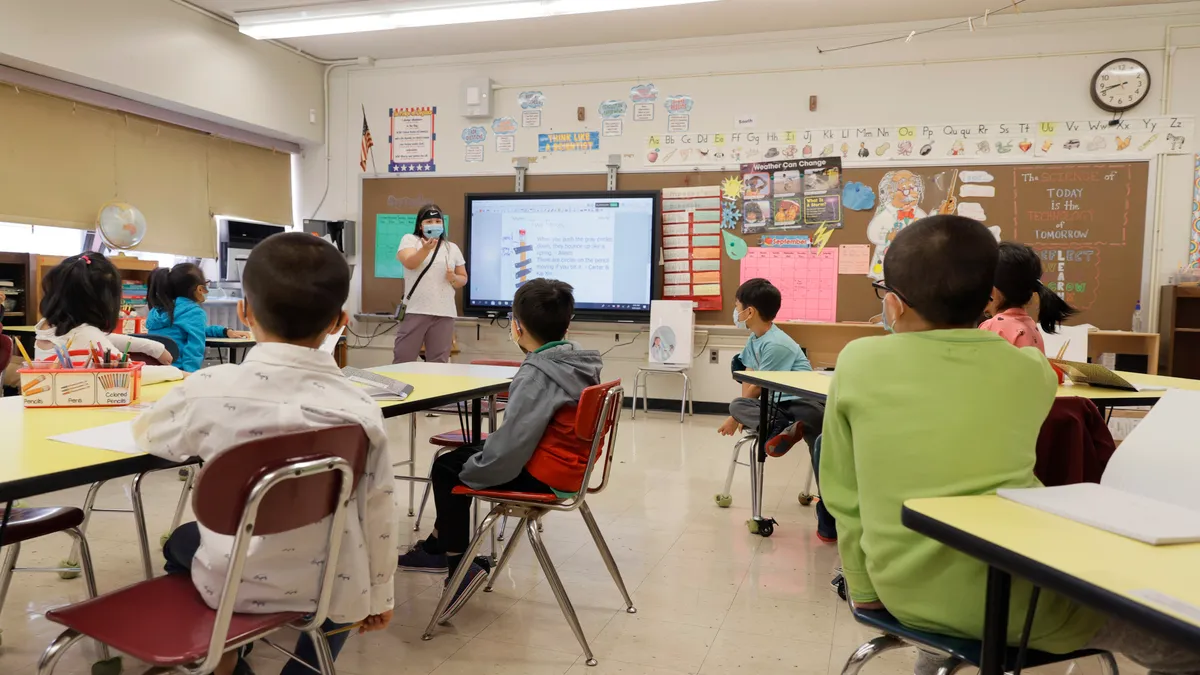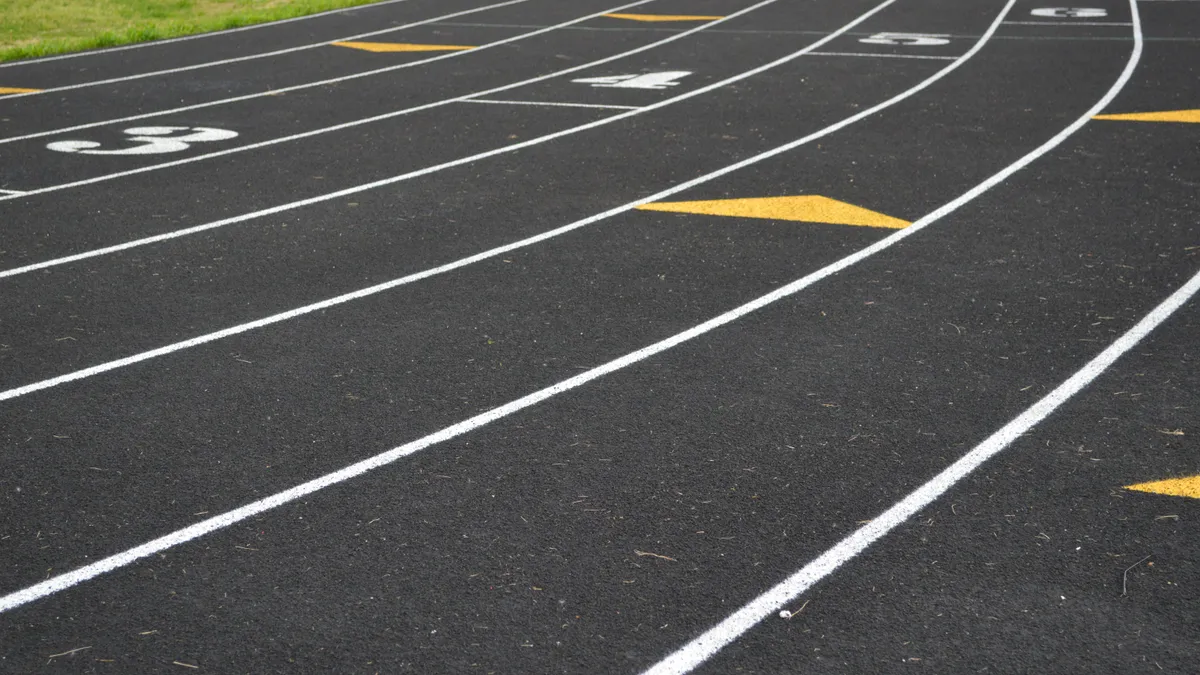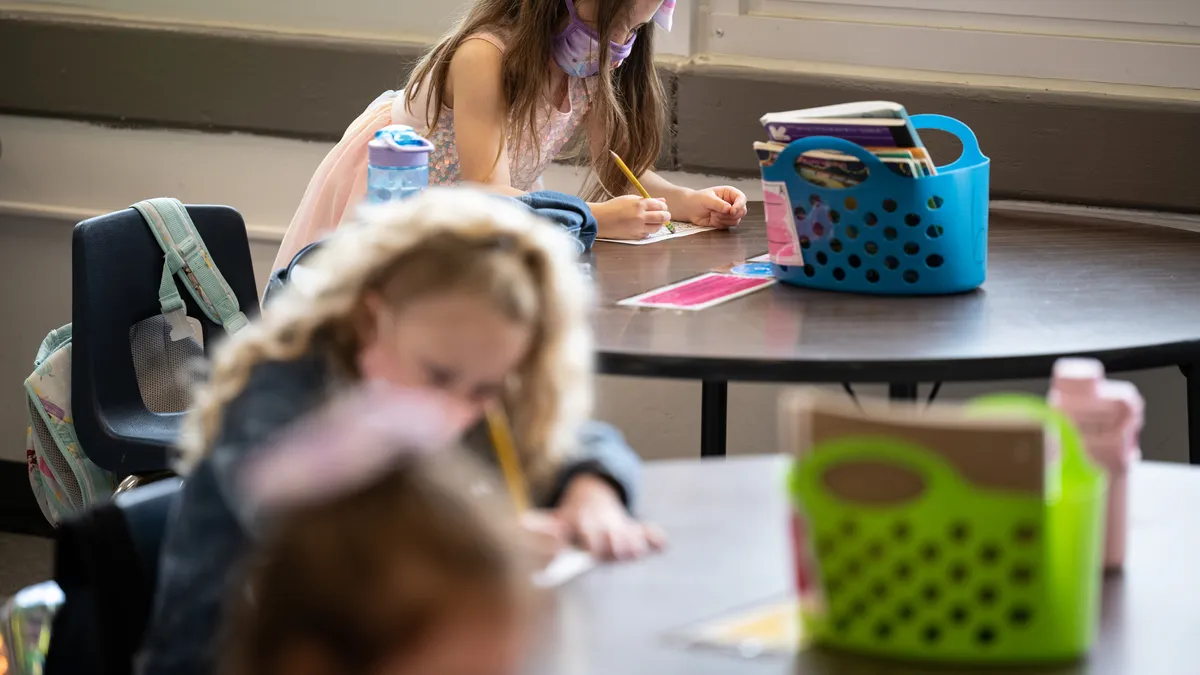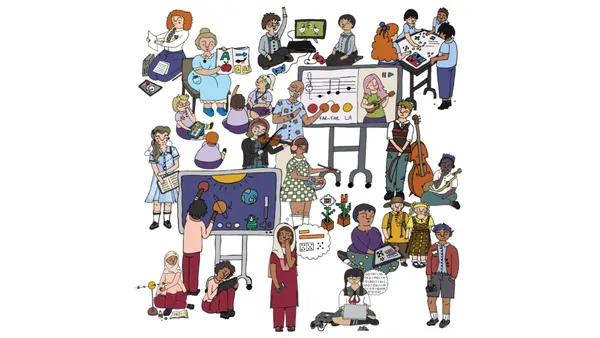Angie King is a kindergarten/first grade teacher at the Bellwether School in Williston, Vt., and she serves on a Champlain College steering committee to develop the World Positive Education Accelerator.
New technologies may help children learn, as Bill Gates and Mark Zuckerberg hope, but as a teacher, I feel strongly that the most impactful change we could make to improve learning in America is to embrace positive education as aggressively as possible.
Rooted in the work of Martin Seligman and positive psychology, positive education integrates academics with learning about character and well-being. It emphasizes training the heart as well as the mind in education. Positive education aims to cultivate resiliency, a growth mindset, learned optimism, positive emotions, mindfulness, gratitude and positive relationships in students. I have seen how it can transform learners.
Noah visited my school as a kindergartner. He walked into the classroom shyly but with a twinkle in his eyes that told me there was a mischievous, curious and energetic side of him waiting to come out. I saw almost immediately his willingness to take charge, his quick thinking and his ability to make those around him laugh.
Noah’s family was looking at alternative schools for his 1st-grade year. It was not that he wasn’t learning in his current school setting. Actually, he was learning plenty, including what other people believed about him — that he was challenging, obstinate and “bad.” He was also learning that he hated school. He was learning that he didn’t know how to change this narrative. Most devastatingly, he was learning that he didn’t like himself.
I desperately wanted to see Noah flourish. I started to use the positive education approaches I had learned in my coursework at Champlain College. I needed to build an understanding of what worked for him, what excited him, and create opportunities for more of those things to happen in my classroom. Where others saw defiance, I saw leadership. Where others had seen apathy, I saw fear. Where others saw disruption, I saw a need to engage, be liked, and to hear laughter.
How could I change my classroom so Noah would take risks and become a leader? I needed to celebrate his character strengths and connect who he was on the inside with what he was learning out in our shared world of the classroom. And I needed to help those around him see and value his complexity and dynamism as a companion and a leader.
I made small but valuable changes to my classroom. I frequently reminded him of the skills — social and academic — that he was bringing to new learning experiences. I paired him with students who complemented what he was working on. After each lesson, I conferenced with him to see what he took away from the experience, how he was feeling, and where he could go next. While touching base with him gave me valuable information from his perspective, I also checked in with myself to see what changes I observed in his overall energy, investment and demeanor.
It didn’t take long before I saw change in Noah. He bounded into the classroom with joy and enthusiasm. He developed close connections with peers who saw and appreciated his creative ideas. Friends started to see how he carefully constructed play experiences for them and invited him into leadership roles frequently.
He could more easily share his apprehensions around reading and math and was willing to try new things in all academic areas. He understood himself in new ways and articulated them to his teachers and peers. I modeled using language to express ourselves, and that made it easier for community members to empathize with him. I asked how people felt, what they thought, and what they wondered. I shared my feelings, thoughts and wondering, as well.
Children like Noah, in schools all across the country, suffer from a lack of engagement, burnout and, in the most extreme cases, depression. But through my involvement with Champlain’s positive education initiative, I discovered that communities all over the world have decided to combat these challenges by putting positive psychology and positive education at the forefront of curricula.
Schools in India, Mexico, Australia, the United Kingdom, Bhutan and Peru have incorporated positive education, and researchers have tracked data around student performance, participation and mental health. The findings show that, over time, there is a decrease in depression, an increase in student investment in learning, an increase in test scores, and it was overwhelmingly reported that students and teachers alike felt an increase in their overall well-being.
In short, learning about who you are, what your character strengths are, how you engage with others, how to problem solve in social situations, and how to value the perspectives of others leads to greater happiness and a continued sense of meaning in learning and life. It also allows us to think creatively, be resilient, and connect learning to the core of who we are.
This new research has invigorated me as an educator. It is my responsibility to teach children content about the world while creating a classroom culture that allows us to simultaneously develop our character. What we are learning goes hand-in-hand with who we are as learners, why we learn, how we learn, and how we feel about our learning.
The challenges teachers face can seem insurmountable with the push for academic achievement and test results. With such stress on students, teachers, administrators and parents, it’s no wonder that often we lose ourselves in the hustle to show that we are “making the grade.” We are hurting our children.
When empathy is a cornerstone of a classroom, students develop the ability to take the perspective of another person, free from judgment, and offer support in whatever way they can. Noah connected with other students and, slowly but surely, he began to look at his vulnerabilities — and those of others — as opportunities for risk-taking and growth. I can safely say that today Noah is flourishing.
We need to help children know themselves and one another. We need to help students become compassionate citizens of the world who learn through their connections and relationships. We need to put well-being and happiness on report cards with reading ability and math skills.
We need to take our lead from others who have gone before and revolutionize education in the United States. We need positive education. Because Noah should never have thought he wasn’t good enough. No child should.


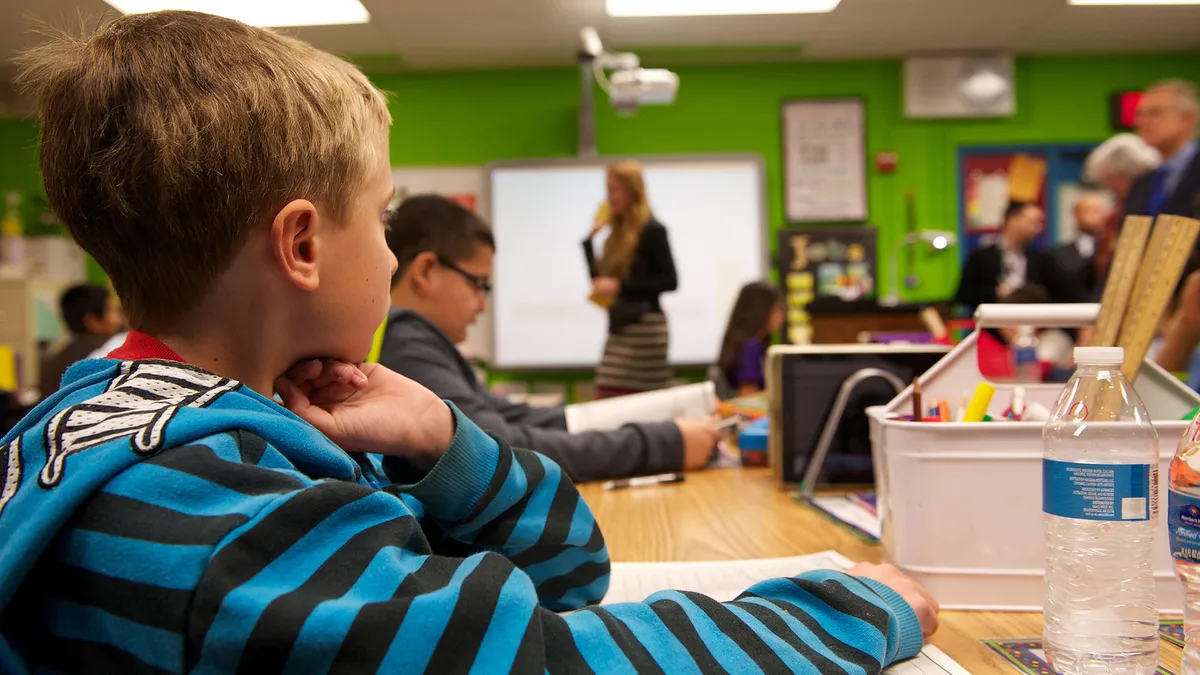



 Dive Awards
Dive Awards

